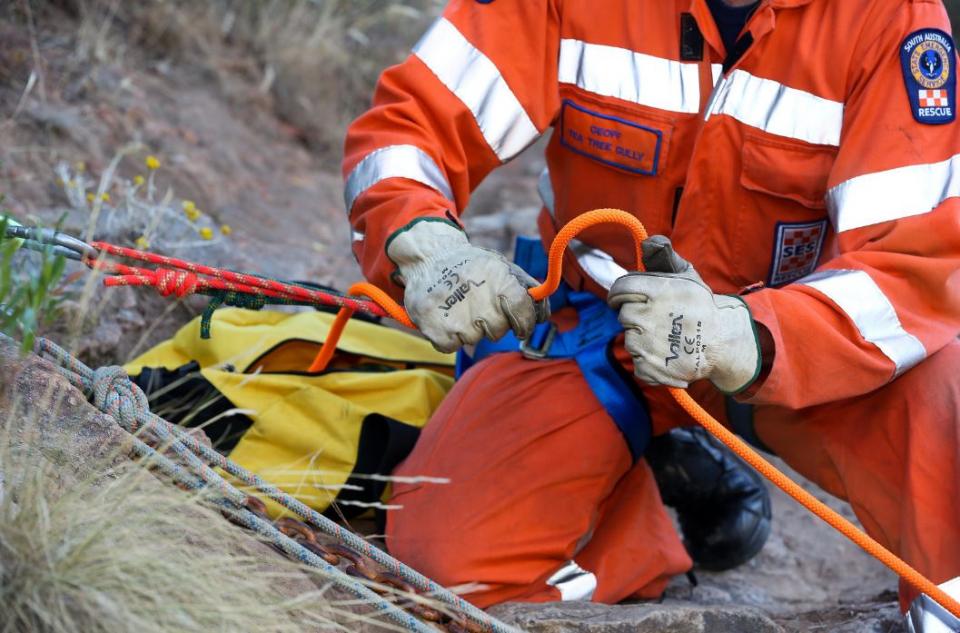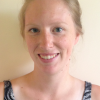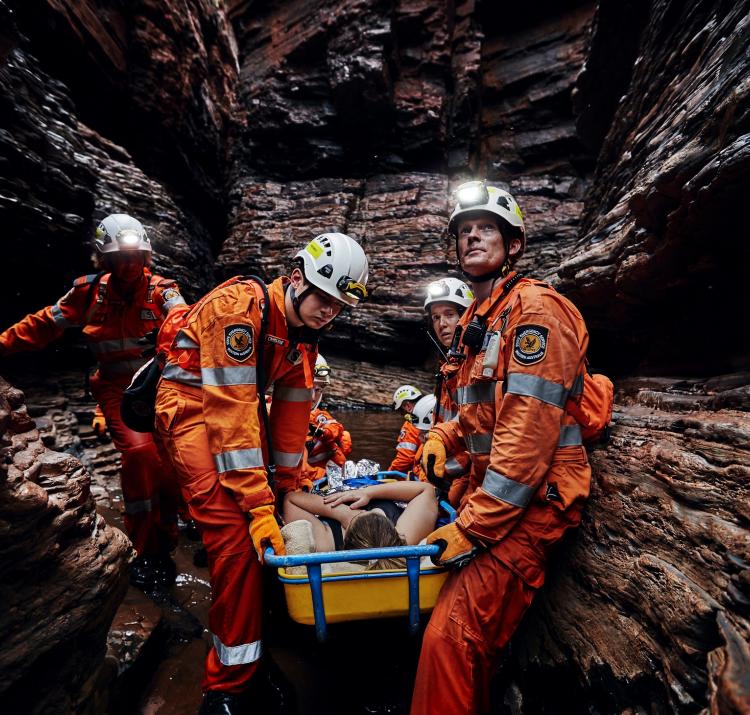Research leader
Research team
End User representatives
The aim of the project is to deliver valid, defensible, practical and usable physical employment standards for specified SES tasks, to enable SES agencies to determine whether the individual can safely undertake the task, or identify the need for the task to be undertaken with assistance or task modification. Funded through the Tactical Research Fund and commissioned by AFAC, the project will arrive at physical selection tests or screening methods, which ultimately improve the health and wellbeing of emergency services (SES) volunteers and reduce the risk of injury during occupational roles.
At SES, volunteers come from all walks of life and represent all ages and fitness levels. Readiness and fit for task are important aspects of being a volunteer. The ability to perform tasks well and assist communities helps guarantee individuals and teams return home safe and sound.
Safety is a shared responsibility between individuals and the organisation. The aim of the SES Fit for Task project is to provide a simple and consistent assessment tool for SES volunteers and agencies across the country that will help inform SES agencies and volunteers of the physical demands required to safely undertake SES tasks.
Project team
- Australia Council of State Emergency Services
- AFAC
- Human Performance Science
- National SES Volunteer Association
- ACT Emergency Services Agency
- Department of Fire and Emergency Services, Western Australia
- New South Wales State Emergency Service
- Northern Territory Emergency Service
- Queensland Fire and Emergency Service
- South Australian State Emergency Service
- Tasmania State Emergency Service
- Victoria State Emergency Service
Project goals
- Provide a simple and consistent guide for volunteers and SES agencies across the country that will help match volunteers to tasks that they can perform safely.
- Help improve diversity and inclusion through the provision of a safe set of tasks for all volunteers.
- Support a consistent approach for the retention of particular generalist and specialist SES tasks.
- Aid understanding of the range of generalist and specialist tasks that volunteers can undertake while either off-duty or performing alternative duties.
- Provide guidance for leaders in role discussions.
- Provide volunteers with a clear guide for reaching the fitness level required for different SES tasks, and help them to identify achievable development pathways from the range of pathways offered by SES agencies.
- Provide national consistency for SES agencies, making it easier to ensure resources provided to support interstate operations meet minimum requirements.
- Enhance the health and wellbeing of our members, contributing to a strong safety culture within our organisation.
Frequently Asked Questions
What does the term Fit for Task mean?
The goal of the Fit for Task project is to determine the minimum physical capability required to undertake tasks safely.
The term ‘fitness’, as it applies to this project, relates to the entry level (prerequisite) physical demands of SES tasks, including cardiovascular fitness, muscle capacity, and endurance.
It is important to note this project focuses on tasks, not roles. For example, a volunteer may be fit to participate in on-water search and rescue but may not have the strength to retrieve a casualty from the water, and that is ok. This project is designed to be inclusive and to build a safe and capable SES workforce using a simple and consistent assessment tool.
What does the Fit for Task project mean to me as a volunteer?
The purpose of the project is to ensure the utmost safety for our volunteers while performing duties for SES, and the community.
It will also help improve diversity and inclusion through the provision of a safe set of tasks for all volunteers, and introduction of a defined set of entry-level physical fitness measures that will ensure those capable of achieving the required fitness levels will not be excluded from entering the relevant training pathway.
On completion of the project, volunteers wanting to begin or continue defined training pathways will need to undertake some simple testing to determine the tasks they are able to do safely.
For any tasks that are out of reach, there will be available guidance for what volunteers can do to meet the necessary requirements.
What does it mean to me as a leader?
The Fit for Task project will help improve diversity and inclusion through the provision of a safe set of tasks for all volunteers. It will:
- Provide a simple and consistent guide for volunteers and SES agencies across the country that will help match volunteers to tasks that they can perform safely.
- Support a consistent approach for the retention of particular generalist and specialist SES tasks.
- Aid understanding of the range of generalist and specialist tasks that volunteers can undertake while either off-duty or performing alternative duties.
- Provide guidance for leaders in role discussions.
- Provide national consistency for SES agencies, making it easier to ensure resources provided to support interstate operations meet minimum requirements.
- Enhance the health and wellbeing of our members, contributing to a strong safety culture within our organisation.
What are the intended outcomes of the project?
The Fit for Task project will provide insight into the physical demands of SES tasks, from lifting sandbags, to working at heights, to carrying a stretcher.
It will also provide simple ways to test for those physical demands, to ensure our volunteers are able to carry out the tasks safely.
What opportunities are there for me to participate? What is involved?
The Fit for Task project team is recruiting volunteers of all ages and fitness levels in each state and territory to undertake a broad range of SES tasks and activities.
Participants will perform tasks and activities while fitted with physical measurement equipment (e.g. heart rate devices), to help the project team understand the physical demands of tasks.
The more people that can be involved the better. The greater the number of participants, the better the picture of the fitness levels required.













